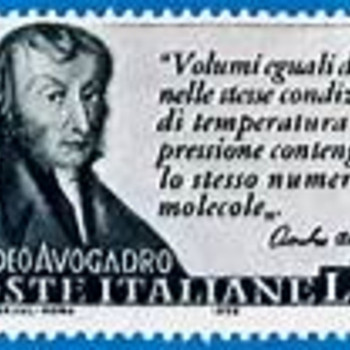Why do the nuclei of some atoms of the same elements differ in their number of neutrons ?
1 Answer
Well, you may get a better answer in the fyziks section....
Explanation:
As you know, the identity of the element is determined by
The nucleus can ALSO contain massive particles of ZERO electronic charge, i.e. neutrons...and this gives rise to an isotopic distribution for each element. For the simplest case, i.e. hydrogen, we got
As
The protons and neutrons of each isotope engage in the strong nuclear force, an exceedingly SHORT RANGE, attractive force, the which binds the nucleus together. At nuclear ranges this is a couple of orders of magnitude STRONGER than the electrostatic force of repulsion between like-charged protons.
You happy with this spray?

